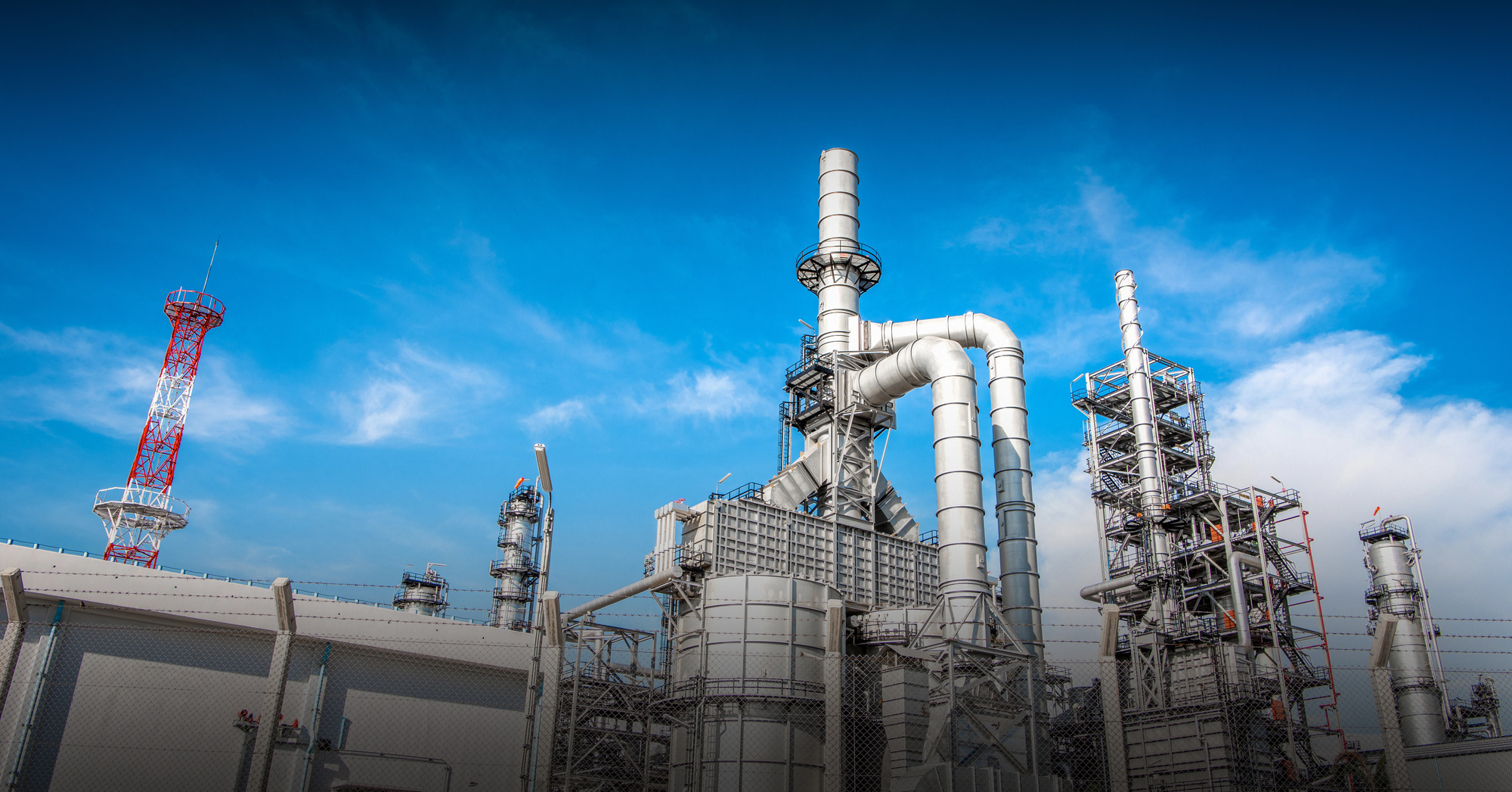
Introduction
In modern times, water and wastewater treatment facilities add up to almost 4% of global electricity consumption. Characteristically, the water and wastewater treatment processes combine for around 25 to 40% of the municipal power budget. These statistics highlight that water and wastewater facilities are the single-largest electricity consumers of the municipal sector. Therefore, it has become crucial to reduce the energy consumption in the industrial and domestic wastewater treatment facilities to achieve sustainability and economic prosperity.
The transformation of the wastewater treatment plants (WWTP) from energy consumers to energy generators can now transform the energy and the water sectors into a new energy-efficient industry. Regulation of rotating equipment is crucial in generating surplus power in the wastewater treatment processes for the energy-neutrality of the water cycle management facilities. Therefore, the intelligent use of Danfoss AC drives, pressure control valves, real-time pressure control switches, and sensors have created the atmosphere for advanced real-time process control resulting in optimized energy efficiency, leading to the reduction in energy consumption by around 20–40%.
How to generate surplus power from wastewater treatment?
With the growing technical advancement, the major focus has been on innovating new methods and control strategies that can be employed to reduce the energy consumption of every litre of water being processed. Nevertheless, simultaneously the advancing demands for enhanced quality of wastewater treatment, for example, better nutrient removal, lead to an increase in the net energy consumption.
Water and wastewater treatment facilities have high load variation throughout the day and seasonal variations throughout the year. [1] [2] [3] Therefore, the application of frequency converters like the Danfoss VFD aqua drives has steadily increased to control the functions of the blowers, high-pressure pumps, safety valves, regulating valves, and other motor-based equipment to adapt to the variable demand.
One of the remarkable case studies in this regard is the Marselisborg (Denmark) WWTP, whose electricity and heat production exceeds its energy consumption. Since 2010, the Marselisborg WWTP has dedicatedly focused on minimizing its energy consumption to maximize its net energy surplus. Presently this wastewater treatment facility has achieved net production of both heat and electricity, which is being supplied to the district heating system of Aarhus, the second-largest municipality in Denmark. Eventually, the carbon footprint of the facility was brought down by almost 35%.
Energy-efficient strategies followed in Marselisborg (Denmark) wastewater treatment plant:
1. The nitrogen removal process is optimized by employing online sensor control. The frequency converter gets accustomed to the level of aeration as per the precise system requirements. This control system helps reduce energy consumption and upsurges the carbon content available in the system.
2. Blower technology is advanced to the high-speed turbo blower systems. This upgrade leads to a further reduction in energy usage from the aeration process.
3. Aerobic sludge age control is used as a function that regulates the temperature and load of the WWTP. The frequency converter regulation of the return sludge pumps is the major factor behind the energy reduction and leads to enhanced carbon retention in the system.
4. Modification of the combined heat and power (CHP) process, which is employed for energy production, results in almost 90% energy efficiency.
These modifications, along with other process improvements like the effective co-production of heat and electricity from the methane gas extracted through the aerobic sludge digestion systems, have created remarkable results consisting of:
• 30% excess electricity production, which means a total of 130% electricity production
• 2.5 GWh/year of excess heat production
Danfoss products for enhanced energy efficiency in water and wastewater treatment plants
● Danfoss VLT Drives: In most of the functions of Marselisborg WWTP, frequency converters are installed specially on all rotating equipment consisting of high-pressure pumps, blowers, pressure control valves, mixers, and dewatering pumps. The frequency converters modulate the plant to adapt as per the load variations, along with granting maximum flexibility. More than 100 motors are controlled using the Danfoss VLT frequency converters at the Marselisborg WWTP.
● Danfoss VLT AQUA Drives: The Danfoss VLT AQUA drives are formulated to regulate the highest performance level of AC motor-based water and WWTP. These AQUA drives consist of powerful standard features, which can be combined with performance-enhancing options. One of the characteristic advantages is that these drives are equally suited for both new and retrofitted facilities.
● High-pressure pumps: Danfoss has a wide range of high-pressure pumps and pressure control valves used for dust suppression among several water mist processes. These Danfoss products can easily withstand the harshest environments and work seamlessly with the finest dust particles, which leads to long service life, high performance, and less maintenance of the products.
● Regulating valves: Danfoss’ regulating valves like control valves and safety valves are corrosion resistant, easy to clean and feature a built-in dampening chamber that supports stable pressure control.
● Industrial mixers: The Danfoss AC drives regulate the speed of motors which are used in a wide range of blowers, pumps, industrial mixers, and dewatering applications. This ultimately leads to enhanced performance, value addition, and cost and energy savings.
Conclusion:
For more than 54 years, Danfoss Drives has maintained its position of being the global leader in variable speed control applications. Danfoss has the world’s largest installed capacity of VLT, and VACON AC drives. Its decades of passion, expertise, and experience in different industries are a trademark for performance and excellence in Drive applications. Using the Danfoss technical assistance and water and wastewater-based energy-efficient solutions, you can now seamlessly transform your energy-consuming wastewater treatment facilities into energy-producing centers.
